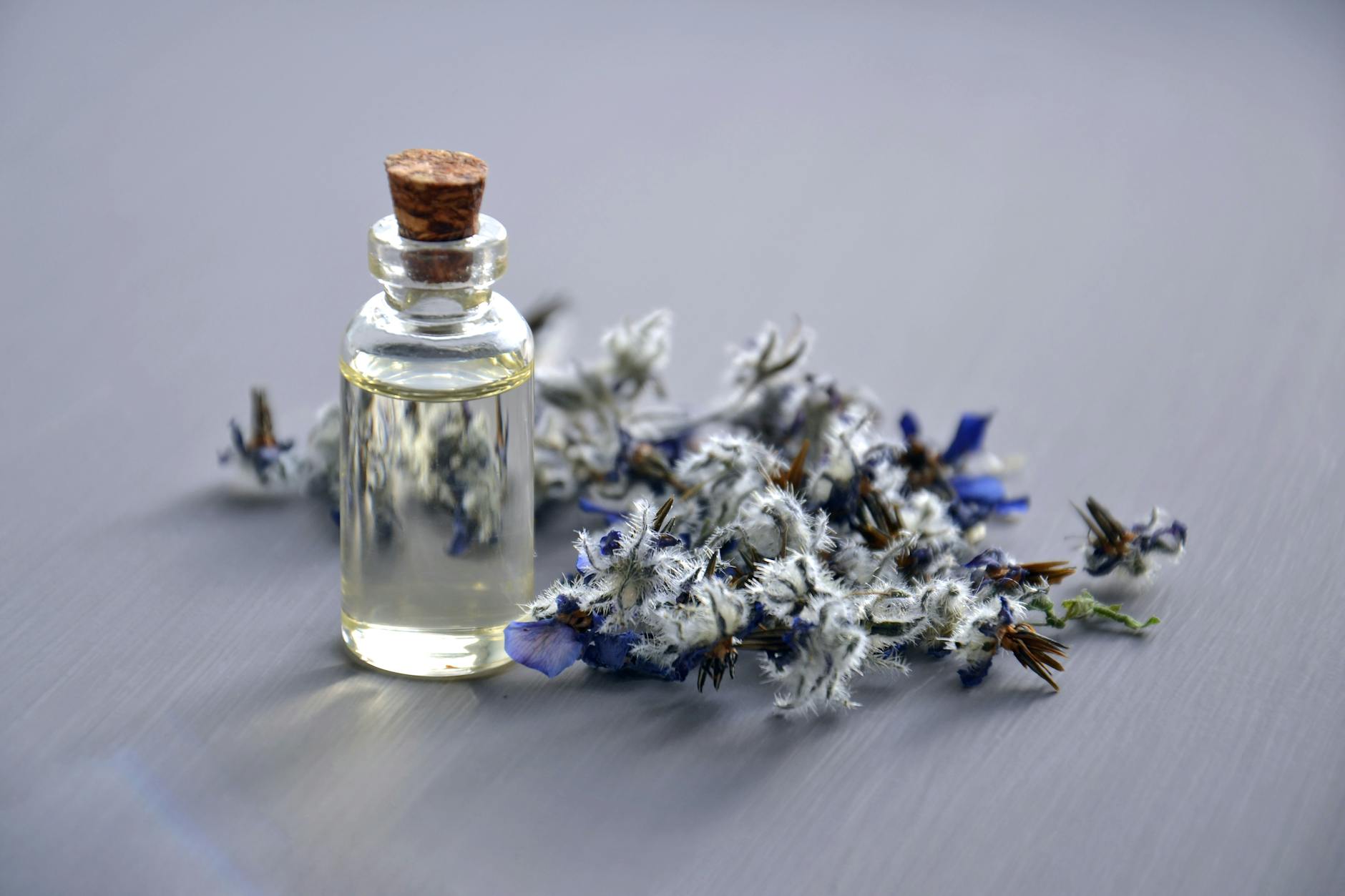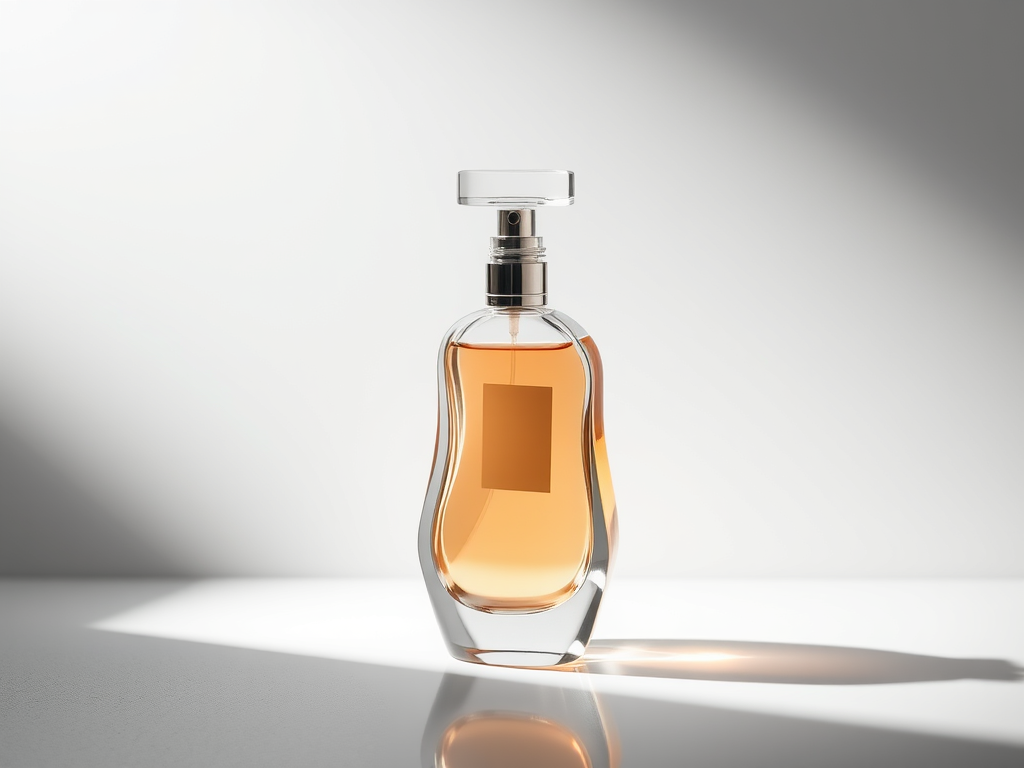You’ve probably seen the term “clean fragrance” on perfume bottles, but what does it actually mean? Unlike vague marketing claims, a true clean fragrance is free from harmful chemicals like phthalates, parabens, and synthetic dyes. Brands that embrace clean fragrance prioritize transparency, using safe, non-toxic ingredients while avoiding allergens and known irritants. Instead of hiding behind “fragrance” as a mystery ingredient, they disclose every note and component, so you know exactly what you’re spritzing on your skin.
Natural vs. Clean: What’s the Difference?
Just because something is labeled as “natural” doesn’t mean it’s clean, and just because it’s clean doesn’t mean it’s 100% natural. Many clean perfumes blend both synthetic and natural ingredients, but they steer clear of harmful additives. High-quality synthetic molecules can actually be safer and more sustainable than some natural extracts, which require large amounts of plant material to produce. The key takeaway? Clean fragrances are about safety, not just whether an ingredient is sourced from nature.
The Science Behind Clean Perfume
Unlike traditional perfumes that rely on undisclosed chemical blends, clean fragrances are formulated with safety and sustainability in mind. These scents undergo rigorous testing to ensure they meet high ethical and environmental standards. Many brands opt for bioengineered ingredients, which replicate the scent of natural elements without overharvesting delicate ecosystems. Plus, clean perfumes avoid animal testing, making them cruelty-free by design.
How to Spot a Truly Clean Fragrance
With so many marketing claims floating around, it’s easy to get confused. To ensure you’re buying a real clean fragrance, look for third-party certifications like EWG Verified, Made Safe, or Leaping Bunny. Read ingredient labels and watch out for vague terms like “fragrance” or “parfum” without further explanation. A true clean perfume brand will proudly disclose its ingredient list and sourcing practices, so you can wear your favorite scent with confidence.
Natural Ingredients: Straight from the Earth
When you think of natural perfume ingredients, you probably imagine fresh roses, citrus peels, and warm vanilla beans. Natural ingredients come from plants, flowers, fruits, and resins, extracted using processes like steam distillation, cold pressing, or solvent extraction. These fragrances carry the essence of nature, offering complex, evolving scents that interact uniquely with your skin. However, they can also be more unpredictable, as their composition changes based on factors like climate, soil quality, and harvesting conditions.
Synthetic Ingredients: The Science of Scent
Synthetic fragrance ingredients are created in a lab, but that doesn’t mean they’re harmful or artificial-smelling. In fact, many synthetic notes mimic scents found in nature, like musk or sandalwood, without requiring animal byproducts or excessive deforestation. Scientists design these molecules to be more stable, longer-lasting, and even safer than some natural extracts. Plus, synthetics can create unique aromas that nature simply can’t provide, expanding the world of fragrance beyond what’s possible with botanicals alone.
The Sustainability Factor: Which is Better for the Planet?
You might assume natural ingredients are always the more sustainable choice, but that’s not always the case. Extracting essential oils from plants requires a large amount of raw materials—tons of roses to make just a few milliliters of rose oil! Overharvesting rare ingredients like sandalwood or frankincense can put ecosystems at risk. Synthetic alternatives, when responsibly produced, can actually reduce environmental impact by preserving natural resources while still delivering luxurious scents. The best clean perfumes balance both, using eco-friendly synthetics alongside responsibly sourced naturals.
How to Choose What’s Right for You
When comparing Perfume vs. Fragrance, it all comes down to what you value most. If you love the idea of wearing pure botanical extracts, a natural perfume might be your go-to. If longevity and consistency matter more, synthetics could be your best friend. Many modern brands blend both, offering the best of both worlds—naturally derived ingredients enhanced with safe, sustainable synthetic notes. The key is transparency: choose brands that disclose their ingredients and sourcing practices, so you can enjoy your signature scent with confidence.


